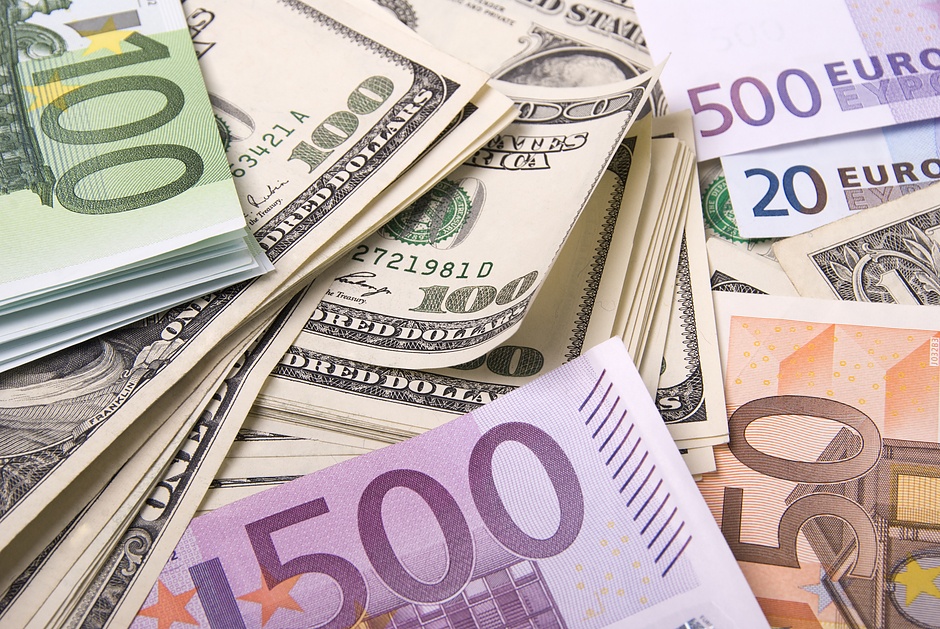EUR/USD stabilises above 1.0900 but remains on course for biggest one-day drop since March 2020
- EUR/USD has stabilised in recent trade above 1.0900, on course for its largest one-day drop since March 2020.
- The euro has been battered amid the Ukraine war right on its doorstep and amid surging commodity prices.
- Ahead of next week’s ECB meeting, economists have been ripping up Eurozone growth forecasts and talking about stagflation.

While EUR/USD did at one point look on the verge of capitulation when it briefly dipped below the 1.0900 level for the first time in nearly two years but has been able to regain some poise during US trading hours. At current levels around the 1.0915 mark, EUR/USD nonetheless still trades with on-the-day losses of about 1.35%, the worst such daily performance since March 2020. That puts the pair on course for a weekly drop of more than 3.0%, again, the worst such performance since March 2020.
The euro has been the stand-out G10 underperformer this week as war on the Eurozone’s borders in Ukraine and the associated spike in energy costs leads market participants to shred prior economic forecasts and rethink ECB policy calls. Some are now calling for stagflation, an ugly economic situation where inflation rates rise at the same time as growth rates slip into negative territory. That of course poses a significant dilemma for the ECB. Tackle near-term inflation and forfeit growth by tightening or let inflation run and bolster growth by leaving the accommodation.
Euro weakness suggests that traders favour the ECB choosing the latter. Meanwhile, with Friday’s broadly robust US labour market report and other decent economic data this week supporting the stance recently laid out by Fed Chair Jerome Powell that a 25bps rate hike in March and a series of further hikes thereafter remains appropriate, with an option to speed the pace of interest rate increases if needed to tame inflation, the US dollar looks comparatively much more attractive. That’s before even discussing the fact that the buck is viewed as more of a safe haven than the euro and the economic impact of the Ukraine war on the US is expected to be far more muted.
Next week, geopolitics and related movements in the commodity space with remain key drivers for EUR/USD, with further energy price upside presenting downside risks to EUR/USD (and a potential drop back under 1.0900. The main calendar events will be the release of US Consumer Price Inflation figures for February and the ECB’s policy announcement (including economic new forecasts) on Thursday.
Author

Joel Frank
Independent Analyst
Joel Frank is an economics graduate from the University of Birmingham and has worked as a full-time financial market analyst since 2018, specialising in the coverage of how developments in the global economy impact financial asset

















